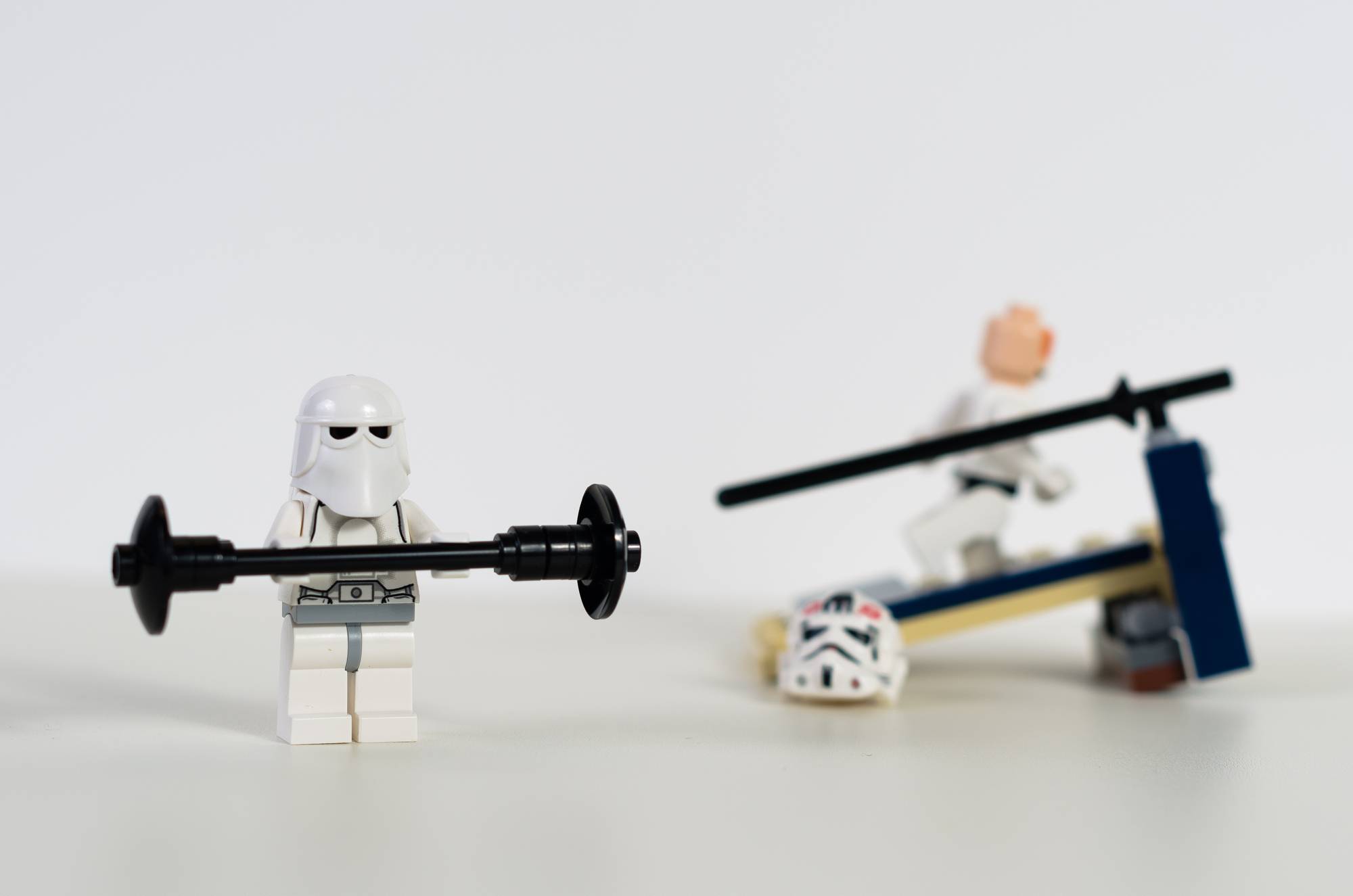Clearly I’m an avid reader and I attribute some of my success to the books that I’ve read. If you look around here you’ll find book lists for running an awesome business, productivity, and a whole host of book reviews.
I believe that you’re going to be more successful in business faster if you take the time to read good books. To clarify, I don’t believe you’ll be more successful by just reading books, but by reading them and taking the next step.
I assume that when you finish a book you evaluate it for the good parts that apply to your business and then you implement them.
It’s not just a verbatim checklist
In other words, the reader himself must add something to the book to make it applicable in practice. He must add his knowledge of the particular situation and his judgement of how the rule applies to the case. – How to Read a Book
So often we purchase a $20 book, and since it was a whole $20 we expect it to revolutionize our business. We expect that by reading this one book and applying the advice offered, we will suddenly achieve the elusive goal that we’ve had on our list for a while.
Books can’t be some generic formula for success, though. The best business books were born out of the success of a single person, and maybe the people they’ve already coached to success. The authors achieved success at a specific time in the world market, and the books were written at a specific time in the world market. That world market may or may not be the same one that you operate in.
So expecting a book to provide you a generic 10-point checklist that you can implement without any thought is a sign that you’re super lazy. Don’t expect books to fix that, but your laziness is the reason that your business isn’t successful.
When you finish any book you should take some time to write out three big takeaways from it. Figure out how what the author recommends applies to the market you live in and the business you operate.
Move past the theory
The most important thing to remember about any practical book is that it can never solve the practical problems with which it is concerned. A theoretical book can solve it’s own problems. But a practical problem can only be solved by action itself – How to Read a Book
Once you’ve finished figuring out how the book applies to you and your business it’s time to put a plan into action. You can’t improve your business by osmosis, it takes action. If you’re reading a sales book you need to take the advice of the author and implement it in your business so that you can make more sales.
[Tweet “You can’t improve your business by osmosis — it takes action”]
If you’re reading a marketing book you need to adjust your marketing plan (if it was a good book) so that you can see improved results in leads coming into your business.
A great example of this is the way most people read Book Yourself Solid. Most people just read it. They don’t do the exercises in the book. That’s exactly what I did the first three times I read it.
Then with none of the work done they don’t see their business improve. They blame the lack of results on a perceived “failure” of the book — figuring that despite the glowing recommendations from business people they admire, the book just wasn’t for them. The problem wasn’t with the book, the problem is again that you were lazy. If you had put real effort into the book then you would have some great actionable work to do and your business will improve.
Stop being lazy if you want success
If you want to win at work then it’s time to stop being lazy. As you read anything, write down the key takeaway for your work/life and then how you’re going to implement it.
Success is a life lived with getting 1% better every day. If you can get one good takeaway and make one small change a day then at the end of a year you’ve make 365 small changes to improve your life.
You’ll look back in a few years and realize that you’ve drastically changed your life and business, and that you’re much closer to the success you want. If you stay passive, then don’t expect success. Mediocre passive action gets mediocre passive results.
